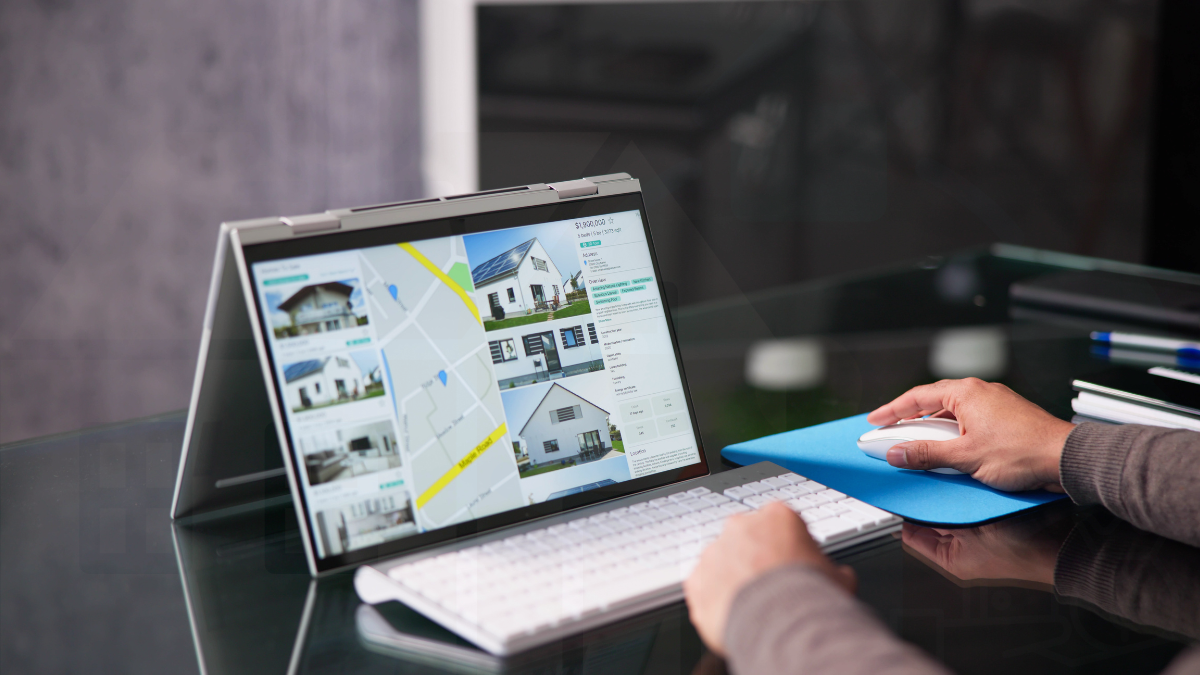Investment in rental properties is dynamic because of factors such as changing demographics, new technologies, economic ups and downs, and tenant tastes. Looking ahead, a number of significant factors will reshape the rental properties industry. If investors are aware of these tendencies, they will be better able to position their investments for the future and make smart decisions.
Key Takeaways:
- The rise of remote work is driving demand for rental properties in suburban and rural areas with more space and affordability.
- Environmental sustainability is becoming crucial, with tenants favoring eco-friendly properties that feature energy-efficient upgrades.
- Smart home technology is increasingly expected by tenants, enhancing convenience, security, and energy savings.
- The demand for short-term rentals and flexible leasing options is rising, influenced by the gig economy and changing lifestyle preferences.
1. Rise of Remote Work and Its Impact on Location Preferences
The COVID-19 pandemic has permanently altered the way we work, with remote work becoming a mainstay for many industries. This shift is influencing where people choose to live. Many tenants are now seeking rental properties in suburban and rural areas that offer more space, affordability, and a higher quality of life. As a result, investors should consider diversifying their portfolios to include properties outside traditional urban centers.
Key Considerations:
- Look for properties in areas with good internet connectivity, amenities, and a lower cost of living.
- Focus on properties that offer home office spaces or adaptable layouts.
2. Sustainability and Green Living
Environmental sustainability is becoming a significant factor for tenants, particularly among younger generations. Eco-friendly properties that incorporate energy-efficient appliances, solar panels, and sustainable building materials are increasingly attractive.
Key Considerations:
- Invest in energy-efficient upgrades such as LED lighting, low-flow fixtures, and high-efficiency HVAC systems.
- Consider properties with green certifications (e.g., LEED certification) to appeal to environmentally conscious tenants.
3. Smart Home Technology
Smart home technology is rapidly gaining popularity, with features such as smart thermostats, security systems, and lighting controls becoming standard expectations for many tenants. These technologies not only enhance the tenant experience but can also lead to cost savings on utilities and maintenance.
Key Considerations:
- Implement smart home devices that offer convenience, security, and energy savings.
- Stay updated with the latest advancements in smart home technology to keep properties competitive.
4. Short-Term Rentals and Flexible Leasing
The demand for short-term rentals and flexible leasing options is rising, driven by the gig economy and changing lifestyle preferences. Platforms like Airbnb and VRBO have made it easier for property owners to offer short-term stays, which can be more lucrative than traditional long-term leases.
Key Considerations:
- Explore the legal and regulatory landscape of short-term rentals in your target markets.
- Offer flexible lease terms to attract a broader range of tenants, including digital nomads and temporary workers.
5. Urban Revitalization and Mixed-Use Developments
Urban revitalization projects and mixed-use developments are transforming cityscapes, creating vibrant communities where people can live, work, and play. These developments often feature residential units alongside retail, dining, and entertainment options, making them highly desirable.
Key Considerations:
- Invest in properties within or near mixed-use developments to capitalize on the demand for convenience and lifestyle amenities.
- Monitor urban renewal initiatives that can boost property values and rental demand.
6. Aging Population and Accessibility
The aging population is creating a growing need for rental properties that cater to seniors. Accessibility features such as single-level living, grab bars, and wider doorways are becoming more important.
Key Considerations:
- Consider investing in or retrofitting properties to be senior-friendly.
- Explore markets with a high concentration of retirees and aging populations.
7. Economic and Market Fluctuations
Economic conditions and market fluctuations will continue to impact rental property investments. Inflation, interest rates, and housing supply constraints are key factors to watch.
Key Considerations:
- Diversify your investment portfolio to mitigate risks associated with economic downturns.
- Stay informed about local and national economic indicators that could affect rental demand and property values.
8. Data-Driven Investment Strategies
Advancements in data analytics are empowering investors to make more informed decisions. From market analysis to tenant screening, data-driven tools can enhance every aspect of rental property management.
Key Considerations:
- Utilize property management software and analytics tools to optimize operations and investment strategies.
- Leverage big data to identify emerging markets and trends.
FAQs
1. How has remote work influenced rental property investment?
Remote work has shifted tenant preferences towards suburban and rural areas offering more space, affordability, and a higher quality of life, making these locations increasingly attractive for rental property investments.
2. Why is sustainability important in rental properties?
Sustainability is important because tenants, especially younger generations, are seeking eco-friendly properties with energy-efficient features, which can reduce utility costs and appeal to environmentally conscious renters.
3. What are the benefits of incorporating smart home technology in rental properties?
Incorporating smart home technology enhances tenant convenience, security, and energy efficiency, making properties more attractive and competitive in the rental market.
Conclusion
Numerous factors will shape the future of investing in rental properties. Investors can make more informed decisions and seize more chances by keeping an eye on these trends. The secret to making money investing in rental properties is to be adaptable, proactive, and open to new ideas, whether it’s in response to technological advancements, changes in tenant tastes, or changes in the economy.

